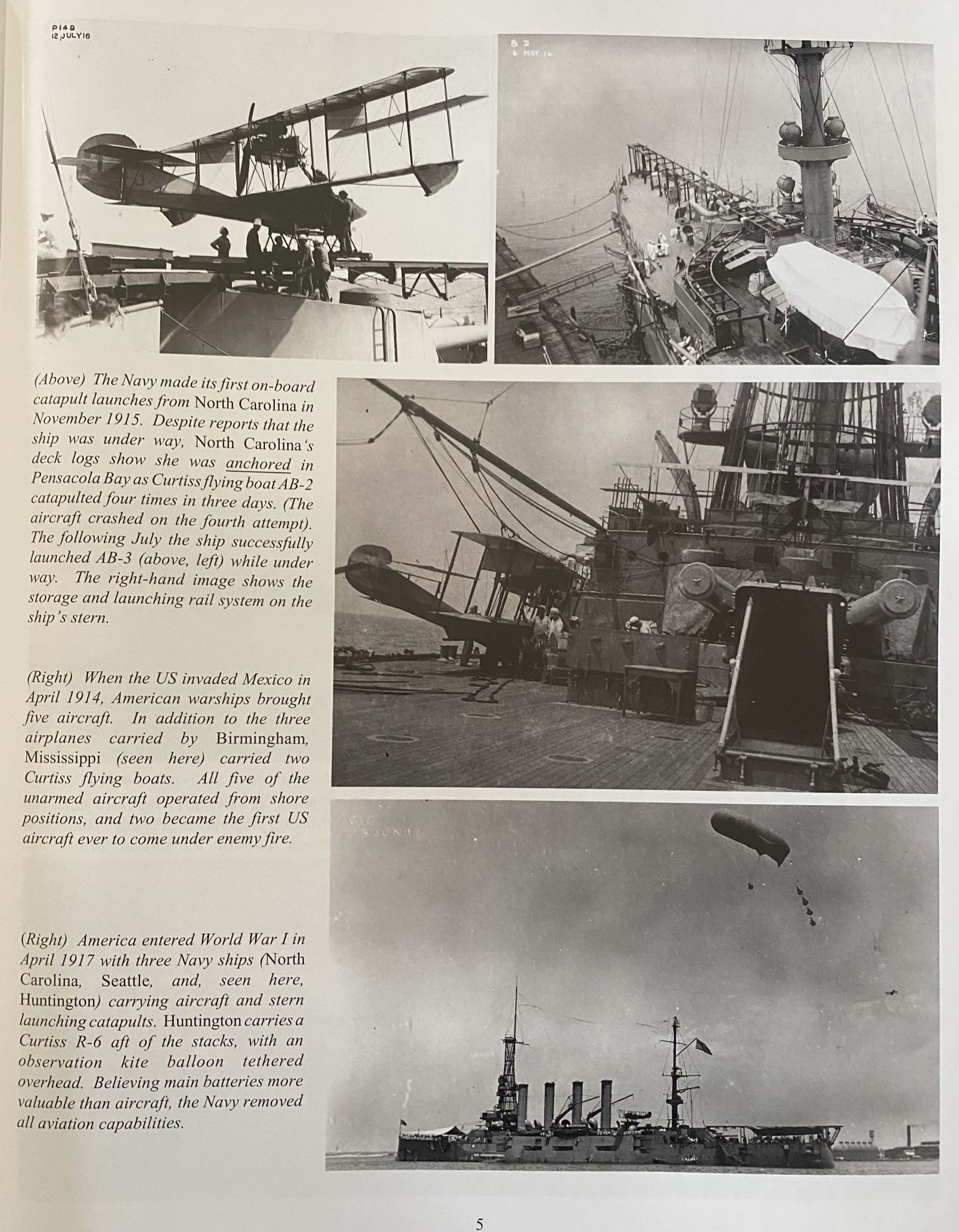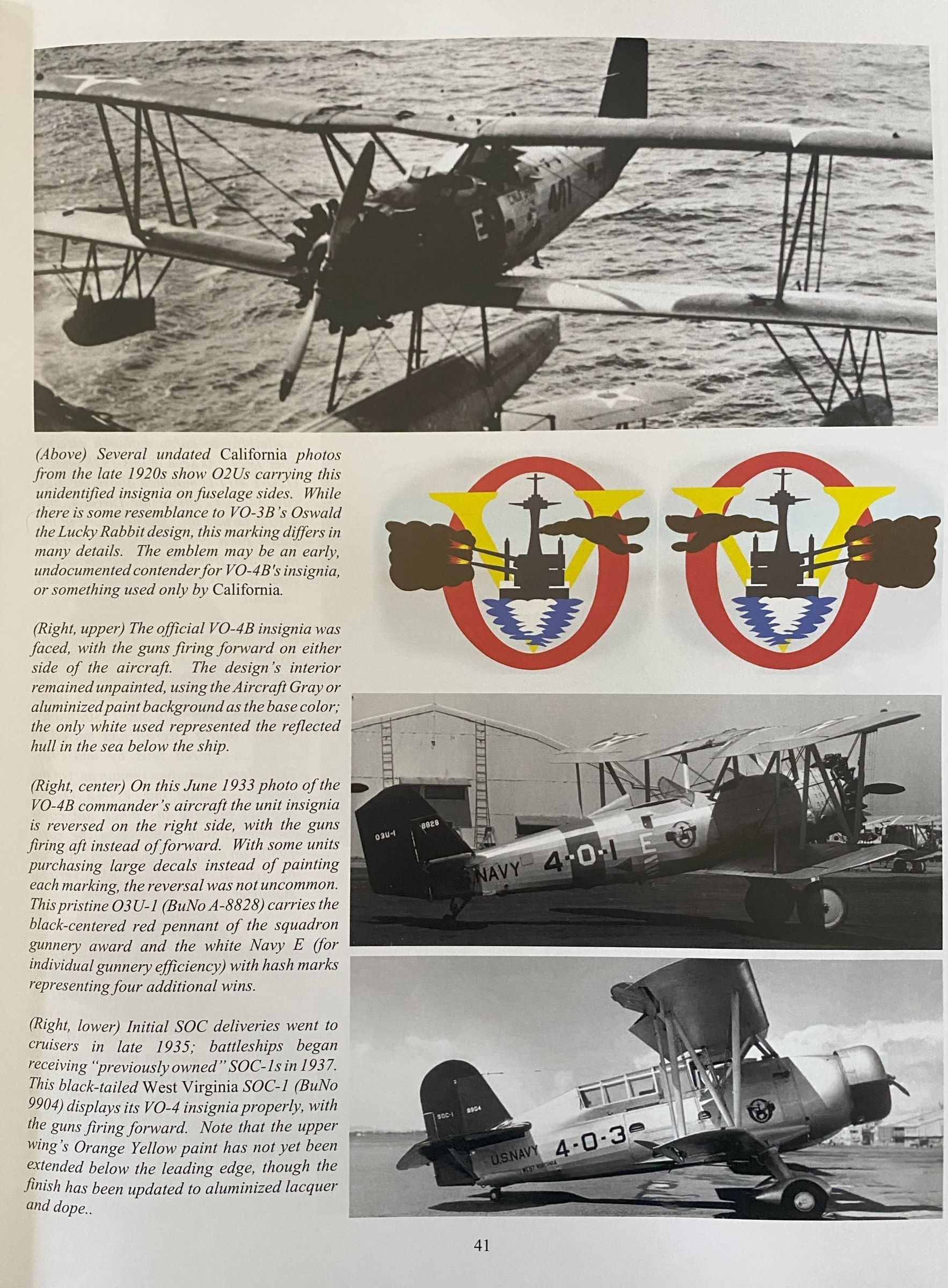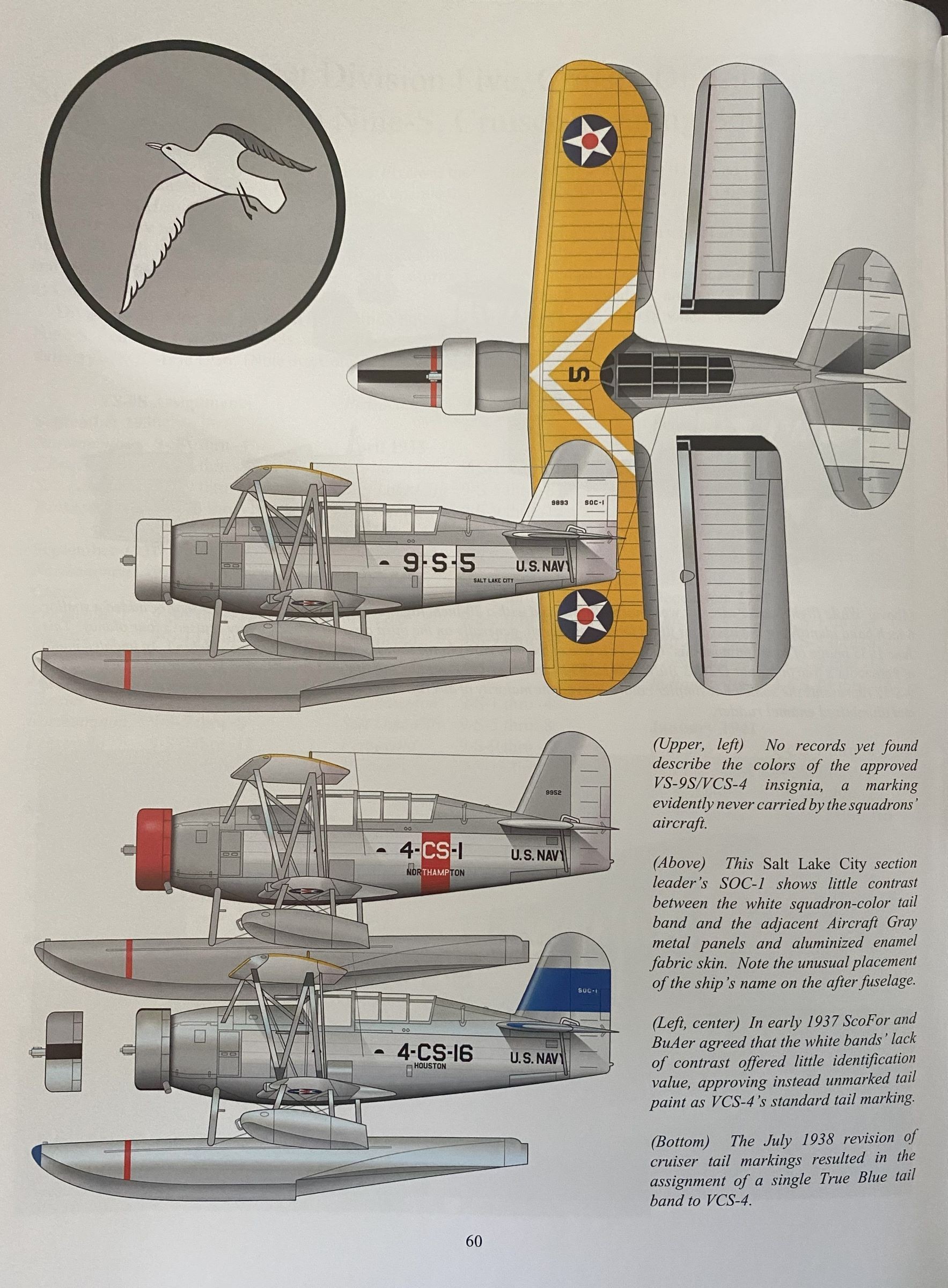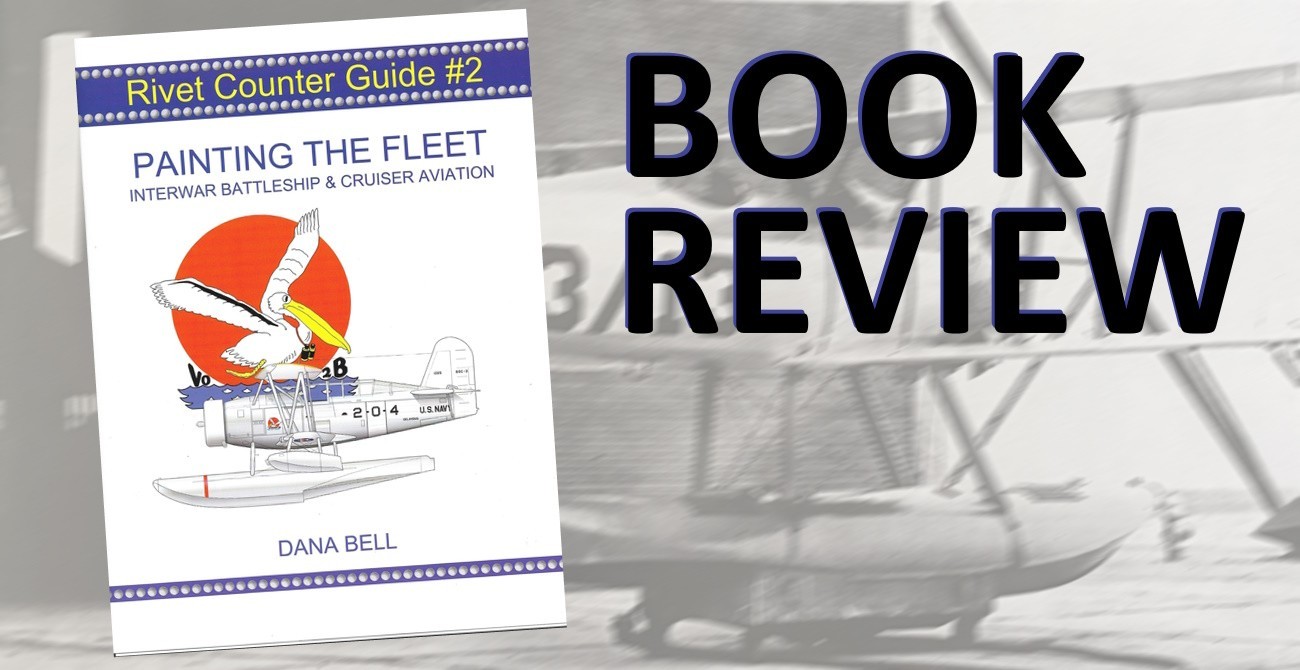
Author Dana Bell is a preeminent authority on aircraft having worked as a curator at the National Air & Space Museum Archives for nearly thirty years before retiring. Since then he has written a two-volume set about the Voight F4U-1 Corsair that sets standard against which aviation enthusiasts and modelers measure accuracy. Now he has turned back the clock, and as part of his "Rivet Counter Guides," he is tackling the Interwar Period of naval aviation, specifically the aircraft launched from battleships and cruisers that accounted for America's earliest seagoing air power.
No sooner were men flying airplanes then they were attempting to fly them at sea. The advantage of eyes in the sky were apparent to admirals and admiralties around the world. The challenge was finding a way to launch planes and then recover them on-board. Not surprisingly, float planes offered the logical solution for projecting military reconnaissance at sea beyond the horizon. Later these planes would bring along some aerial punch, with both bombs and machine guns added to the mix, but the original impulse was to find a way to see over the horizon.
Parallel to this impulse was the attempt to develop full-blown seagoing airfields in the form of aircraft carriers, but that is a story for another day, and one often opposed by the "black shoe" admirals sailing battle wagons and cruisers. Less well-known is the history of battleship- and cruiser-mounted aircraft with at least one float plane that could be launched from atop a gun turret or from a dedicated catapult.
Bell has done what hasn't been tried in over a generation: compile a detailed study of the so-called "yellow wings" era of naval aviation between the world wars. His latest book is a 72-page large-format glossy paperback entitled Painting the Fleet: Interwar Battleship & Cruiser Aviation. In it are color presentations of the various squadron insignia, essential for modelers looking to recreate specific aircraft. In addition, he explains the "experimental" markings employed during the period from 1925-1930. Not fearing to dive deep, he delves into the Navy’s unusual 1927-28, 3-squadron, 3-aircraft-type assignment system, a first for this subject. While many modelers assume the "yellow winged" color scheme was universal, he shows how it evolved from the SOC Seagull aircraft. And not to leave any important subject out, he includes histories of the period battleship and cruiser divisions, including all fuselage codes from 1925 through 1941. Finally, included are tail colors for all the various battleship and cruiser divisions.
The book's price of $29.95 is supported by over 60 color illustrations and 105 black-and-white and color photos (the color plates are by artist Tom Tullis).
The "Yellow Wings" period of US aviation doesn't get enough attention, and linking the planes with their distinctive colored wings to specific battleship and cruiser formations is long overdue. All in all, this is a tremendous resource for the interwar enthusiast.
Be sure to mention you saw the book reviewed on Aeroscale when ordering your copy. Thanks to the author for this review copy.
































